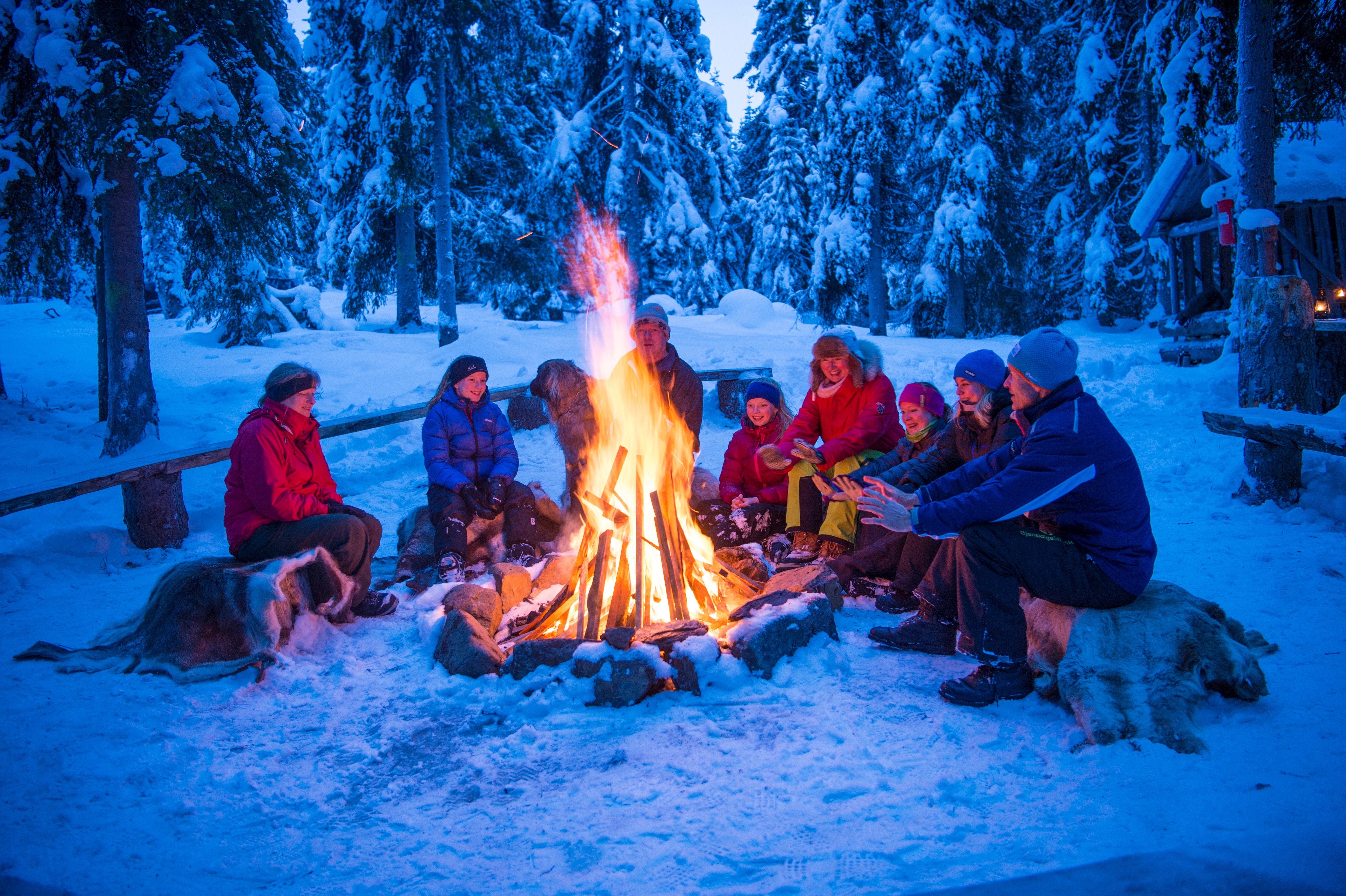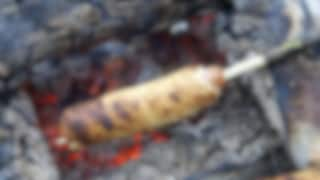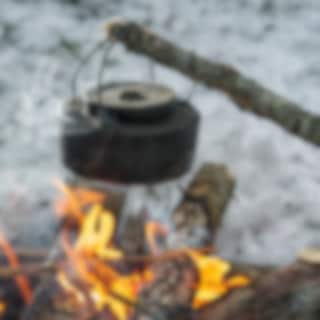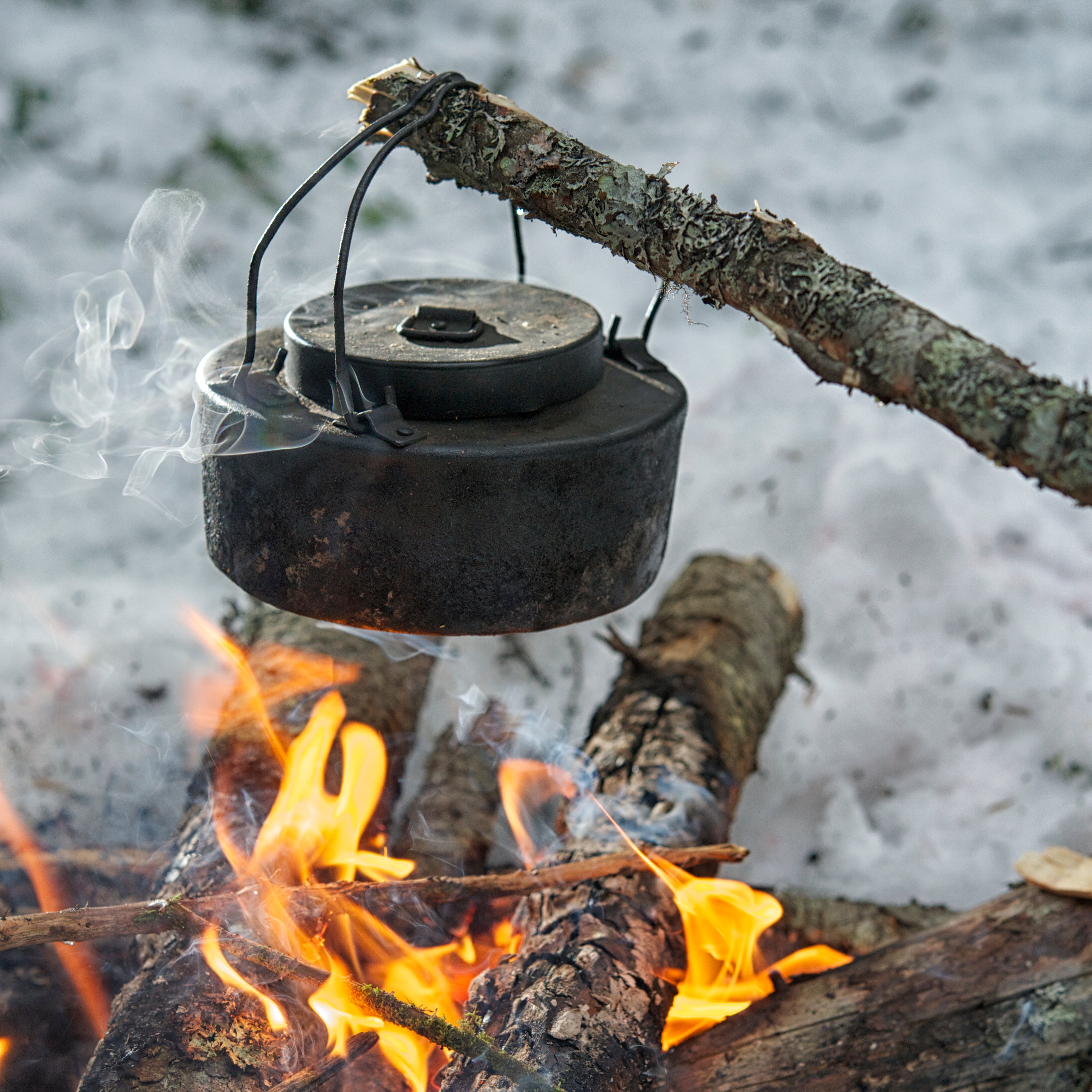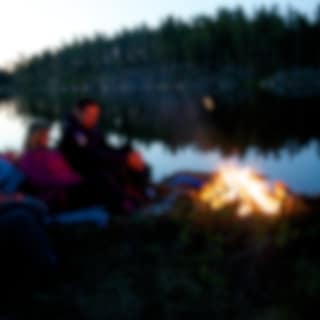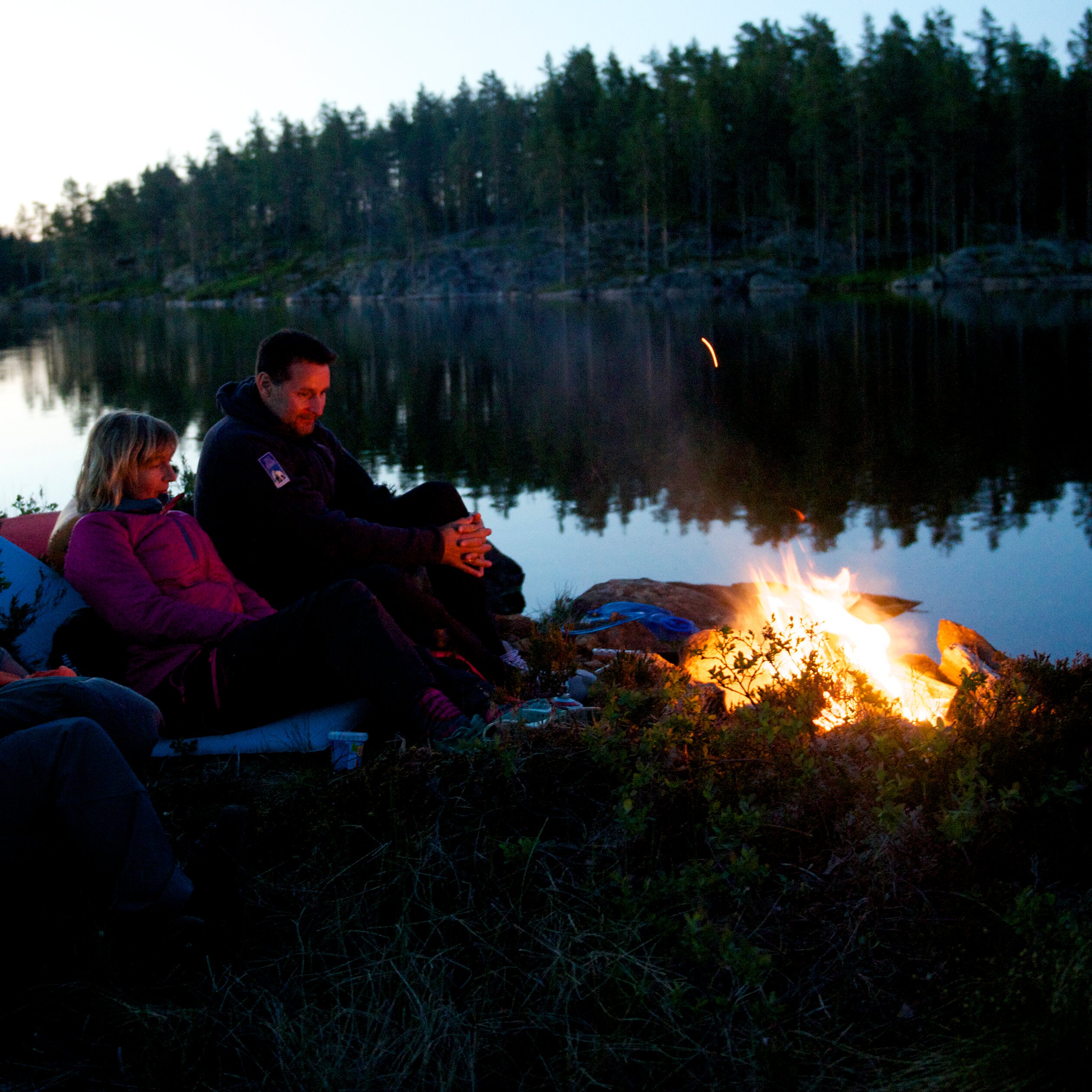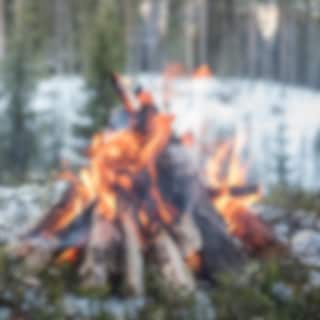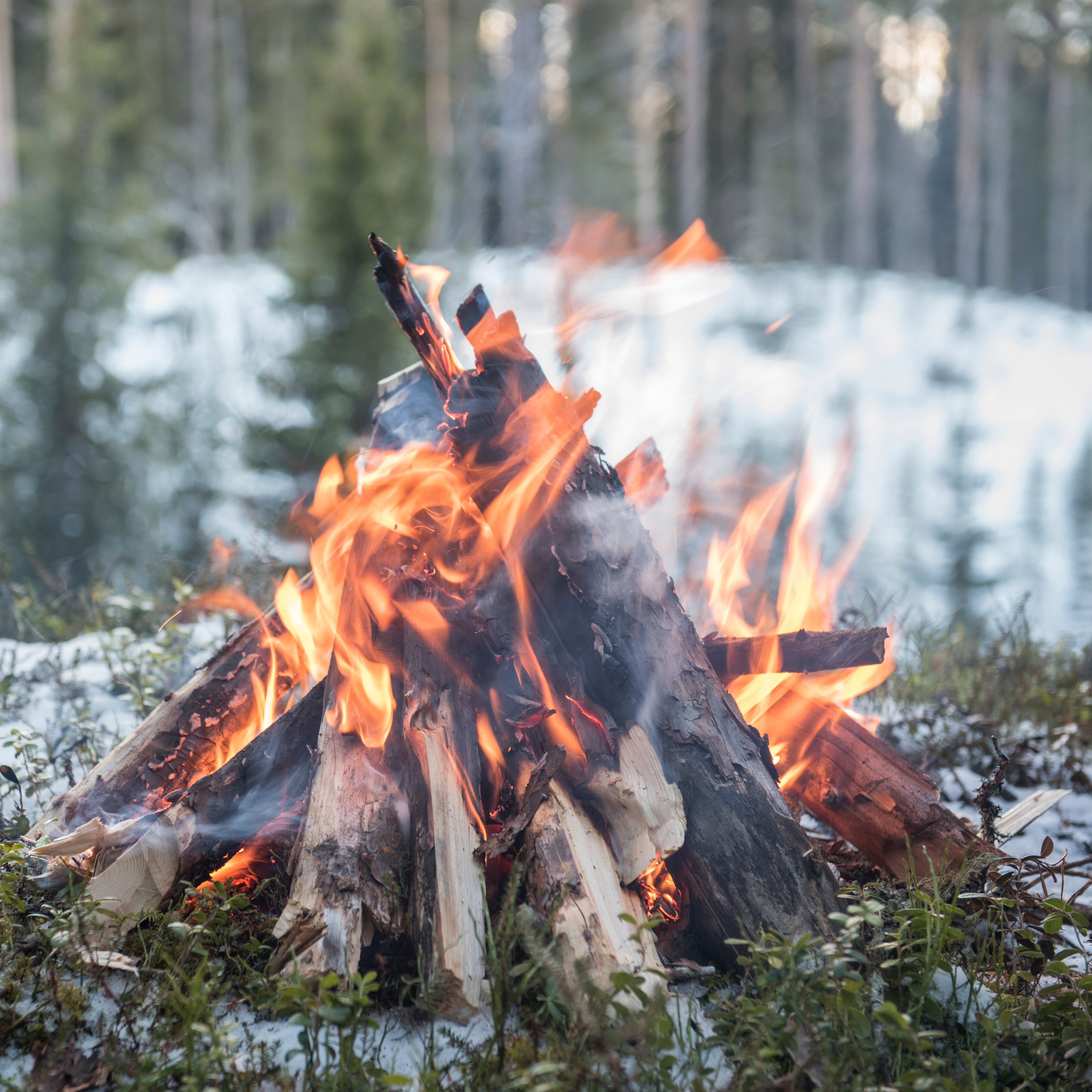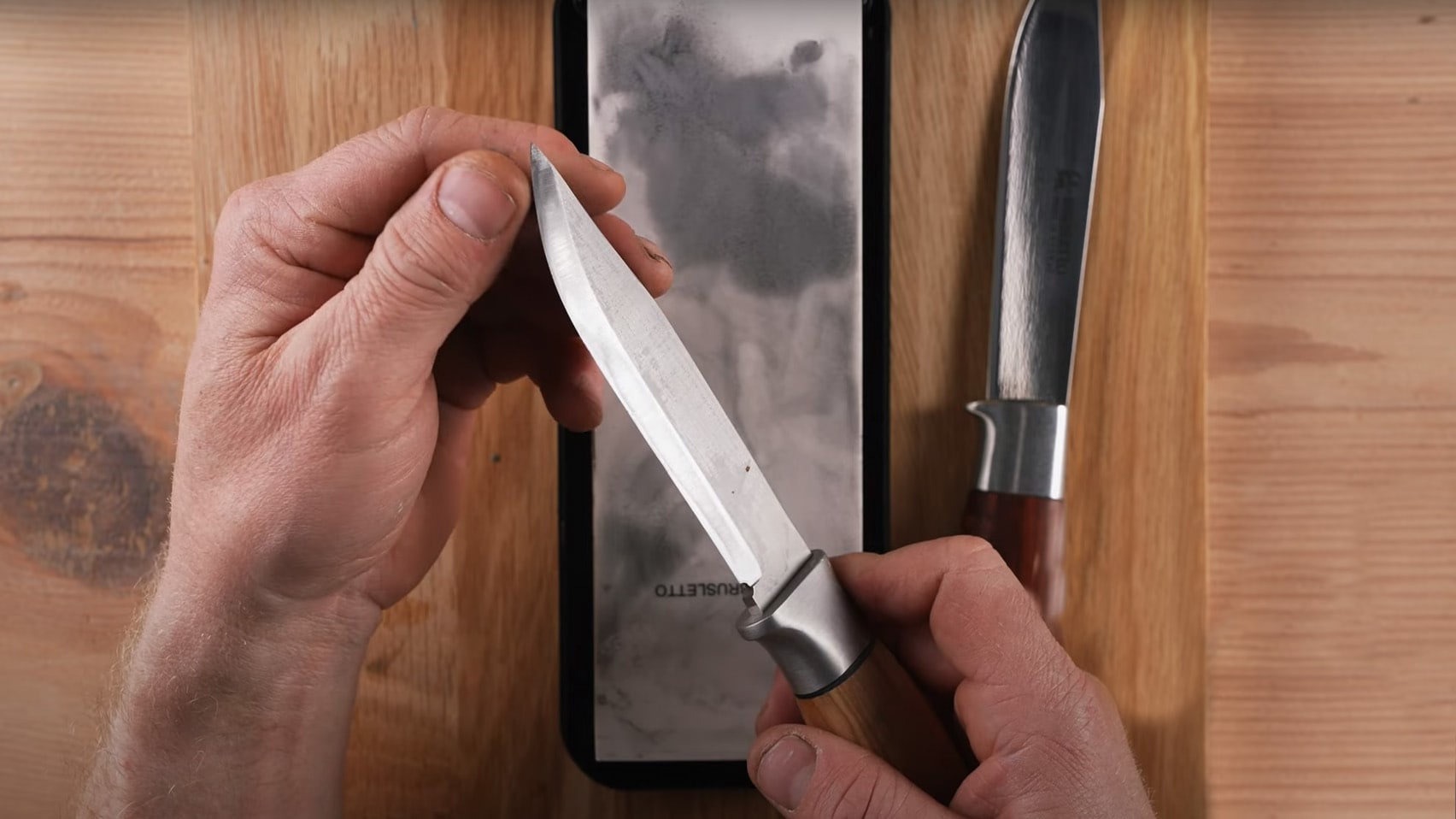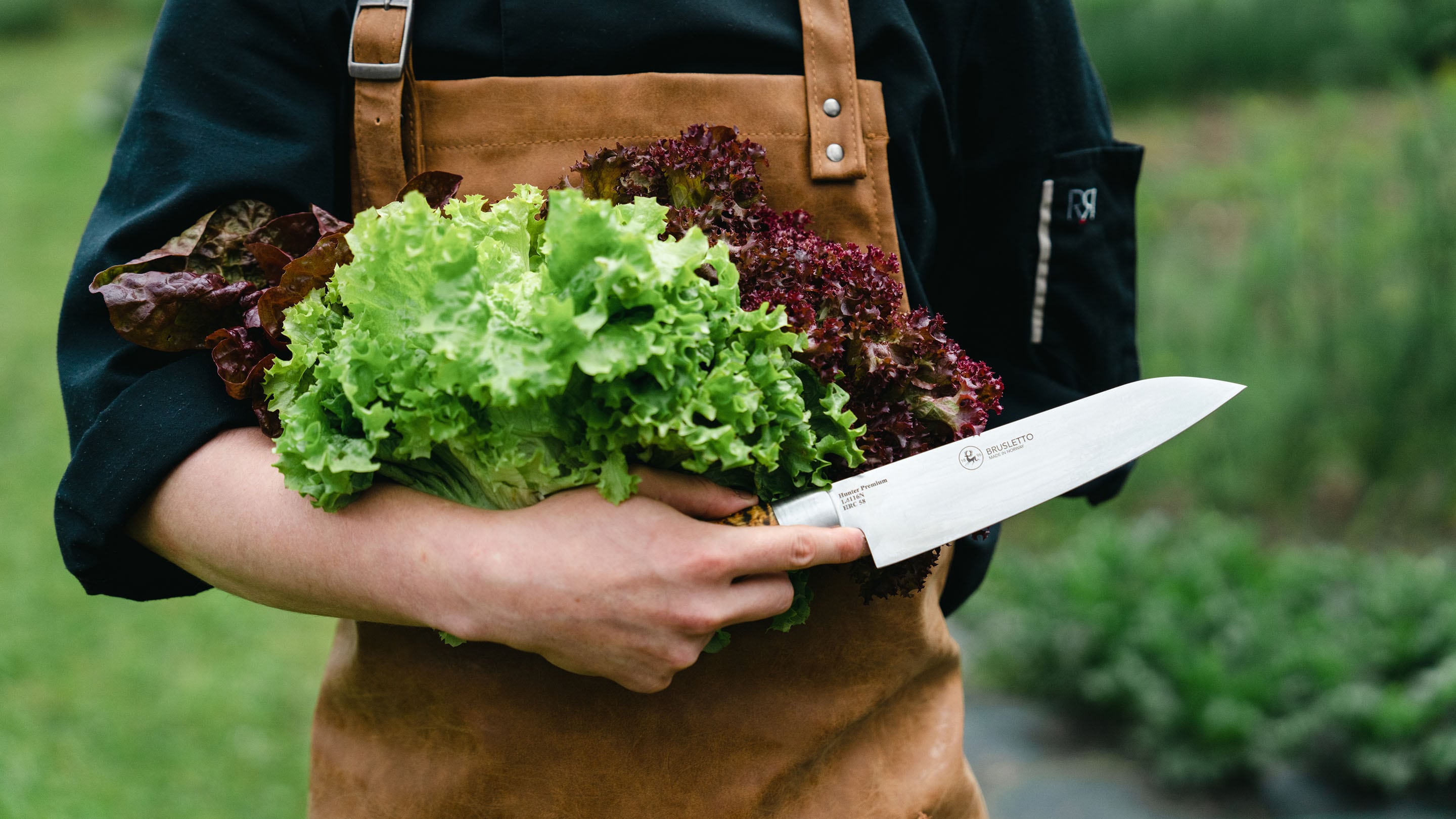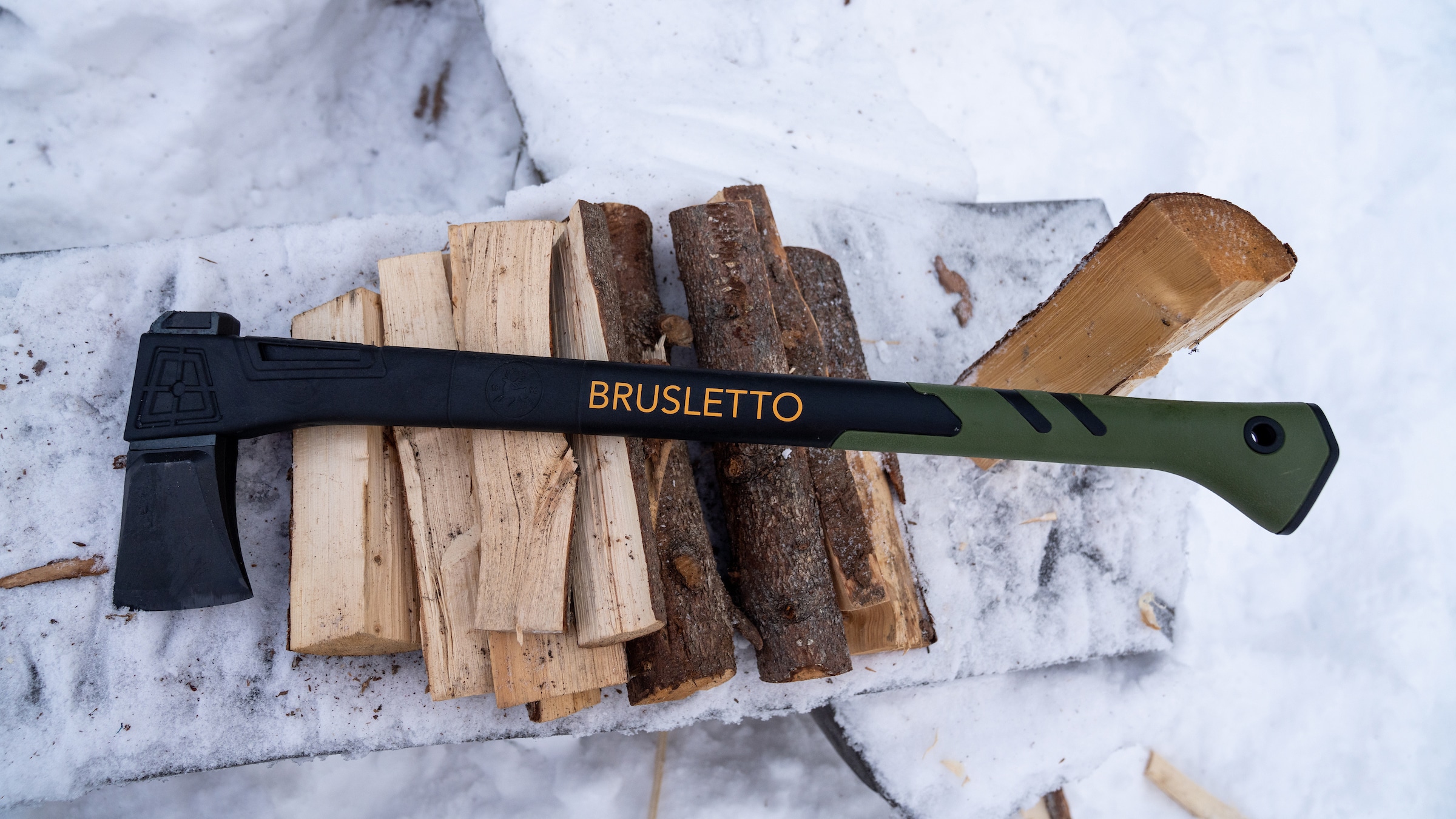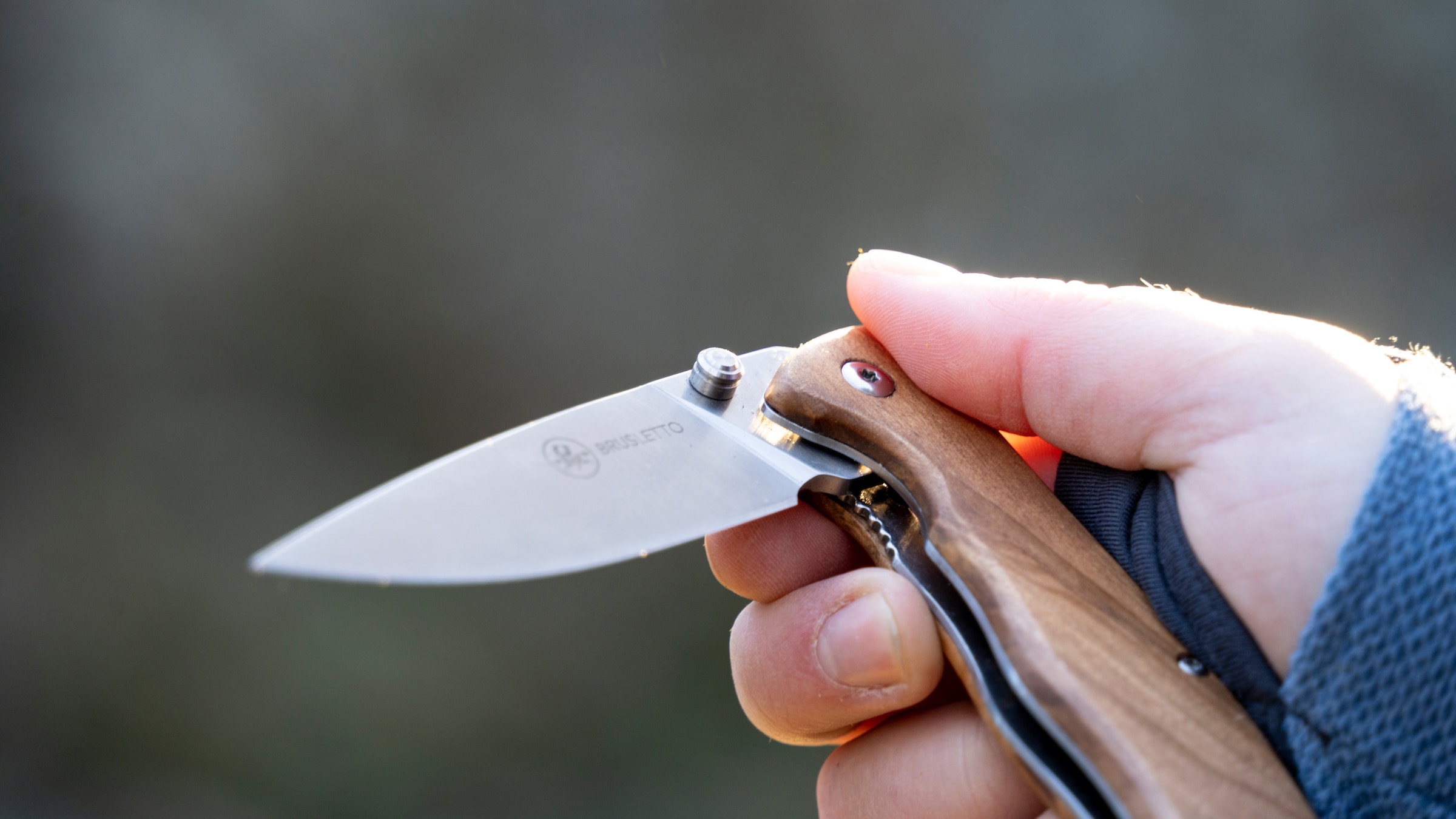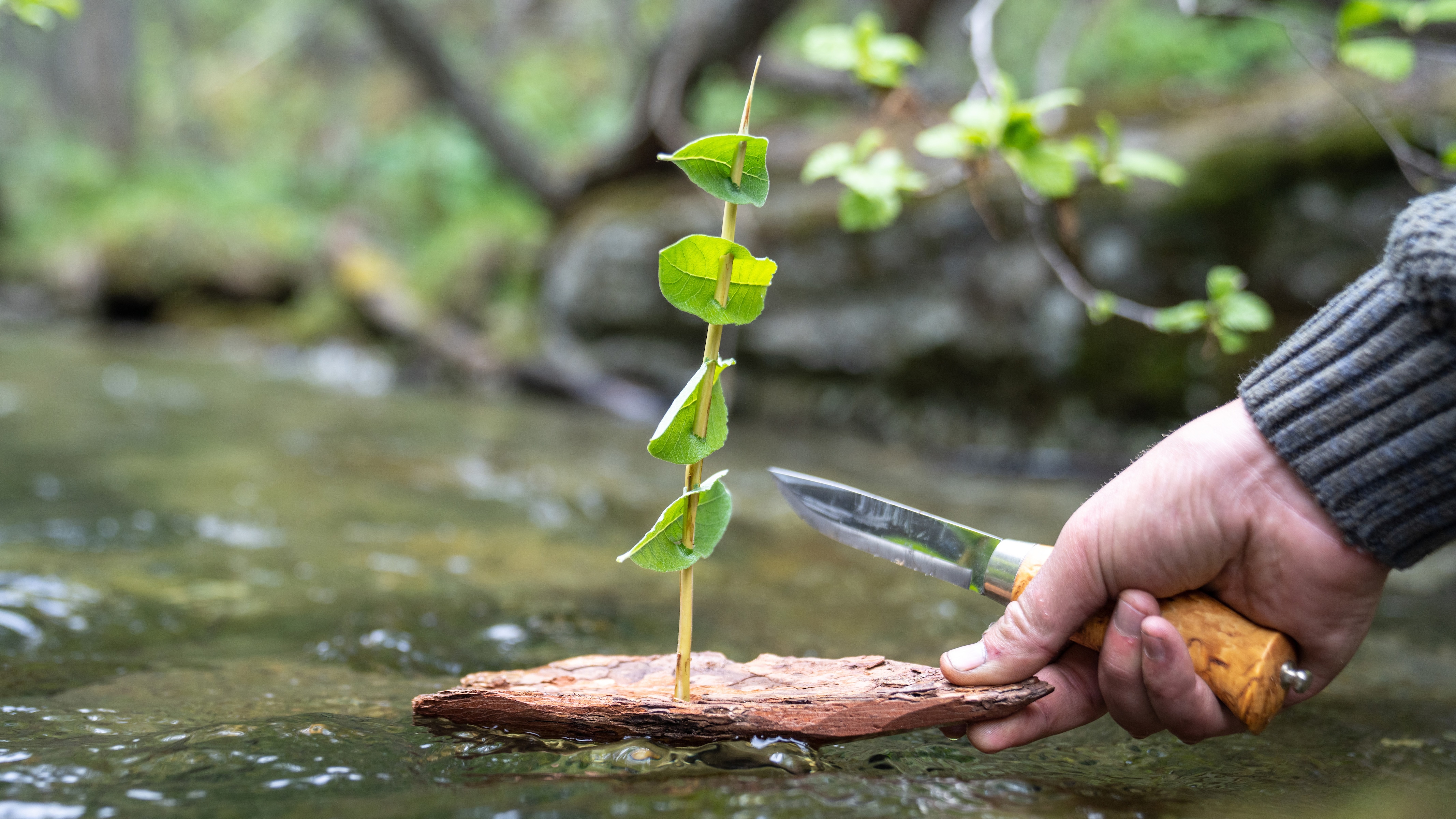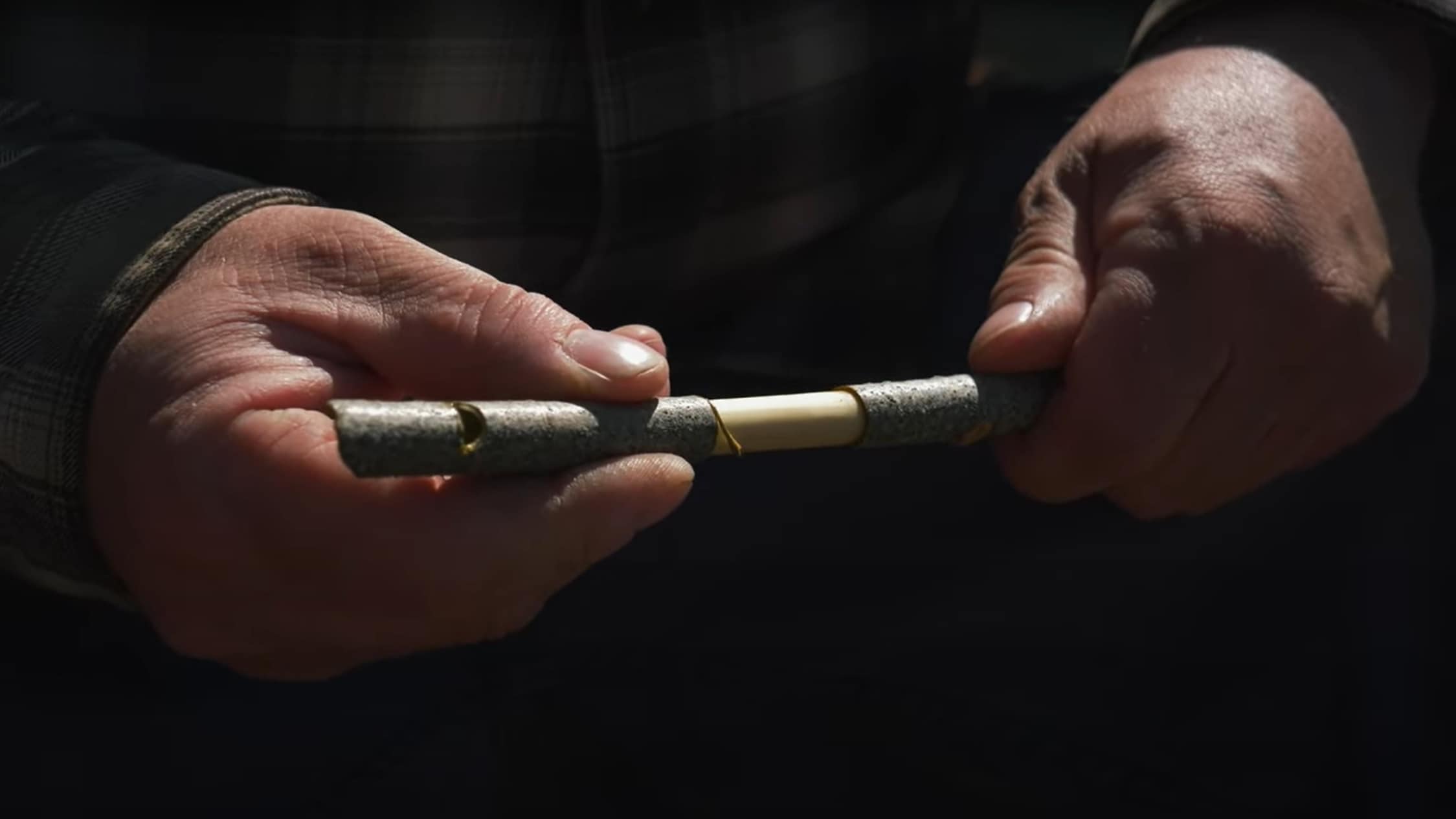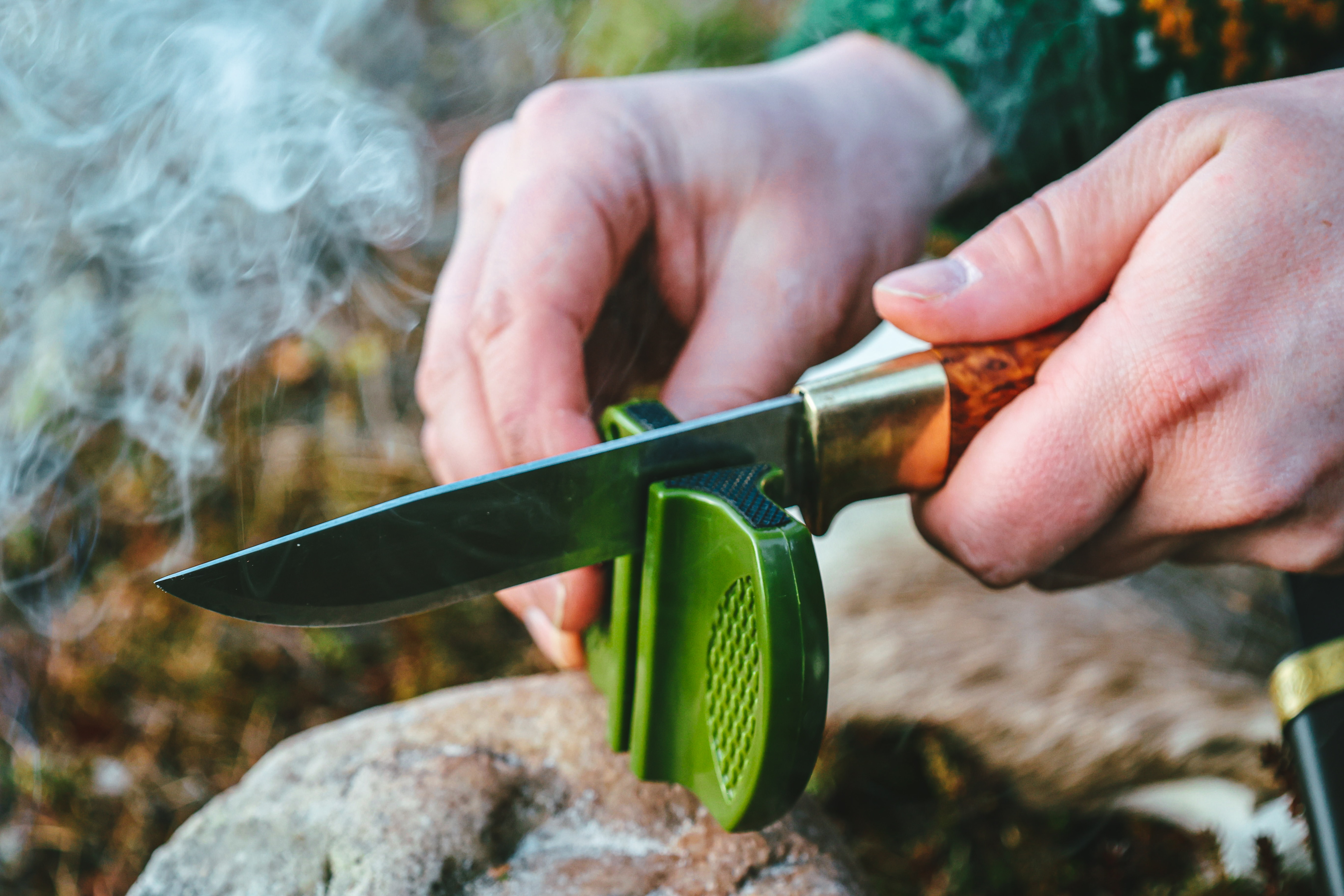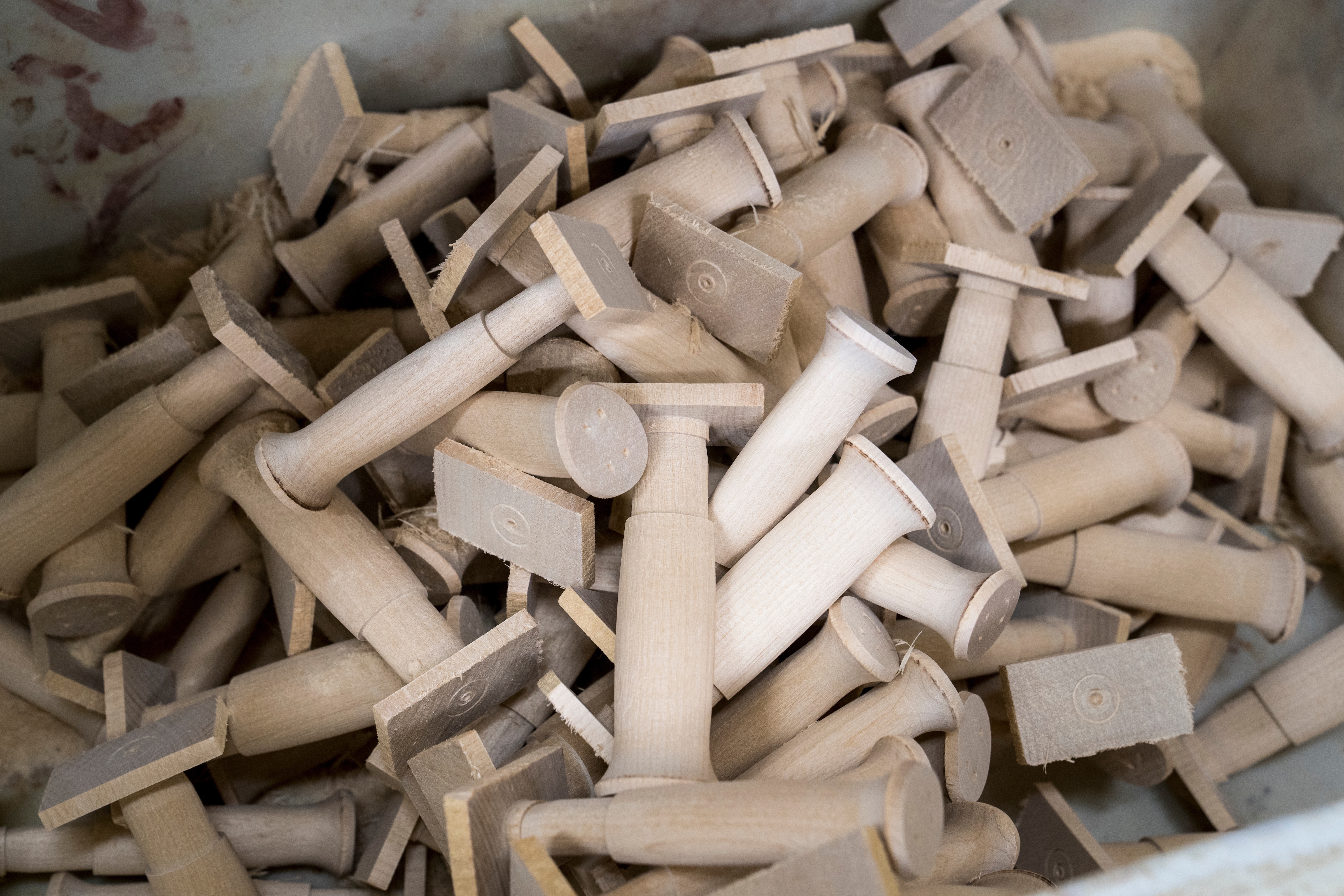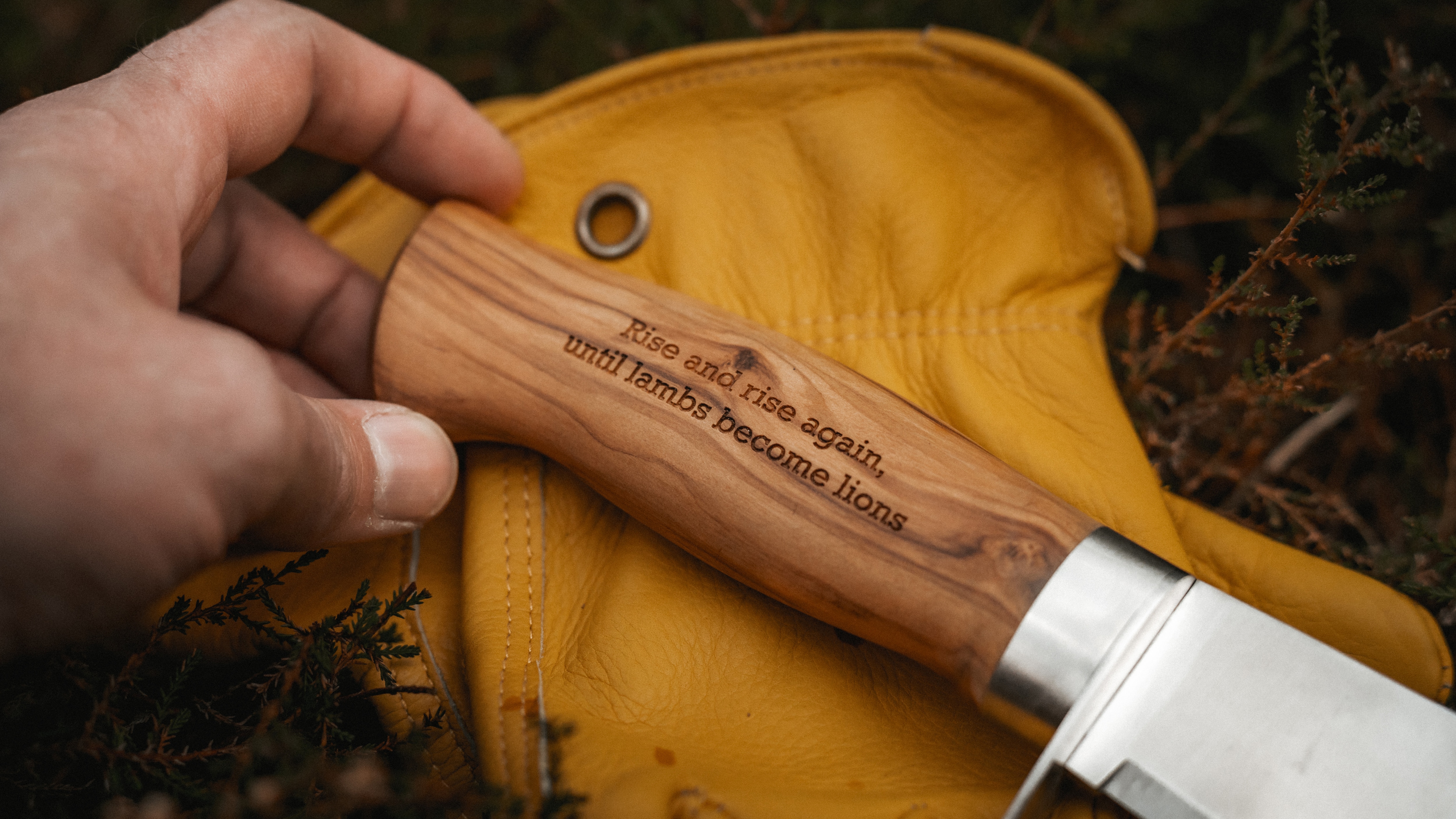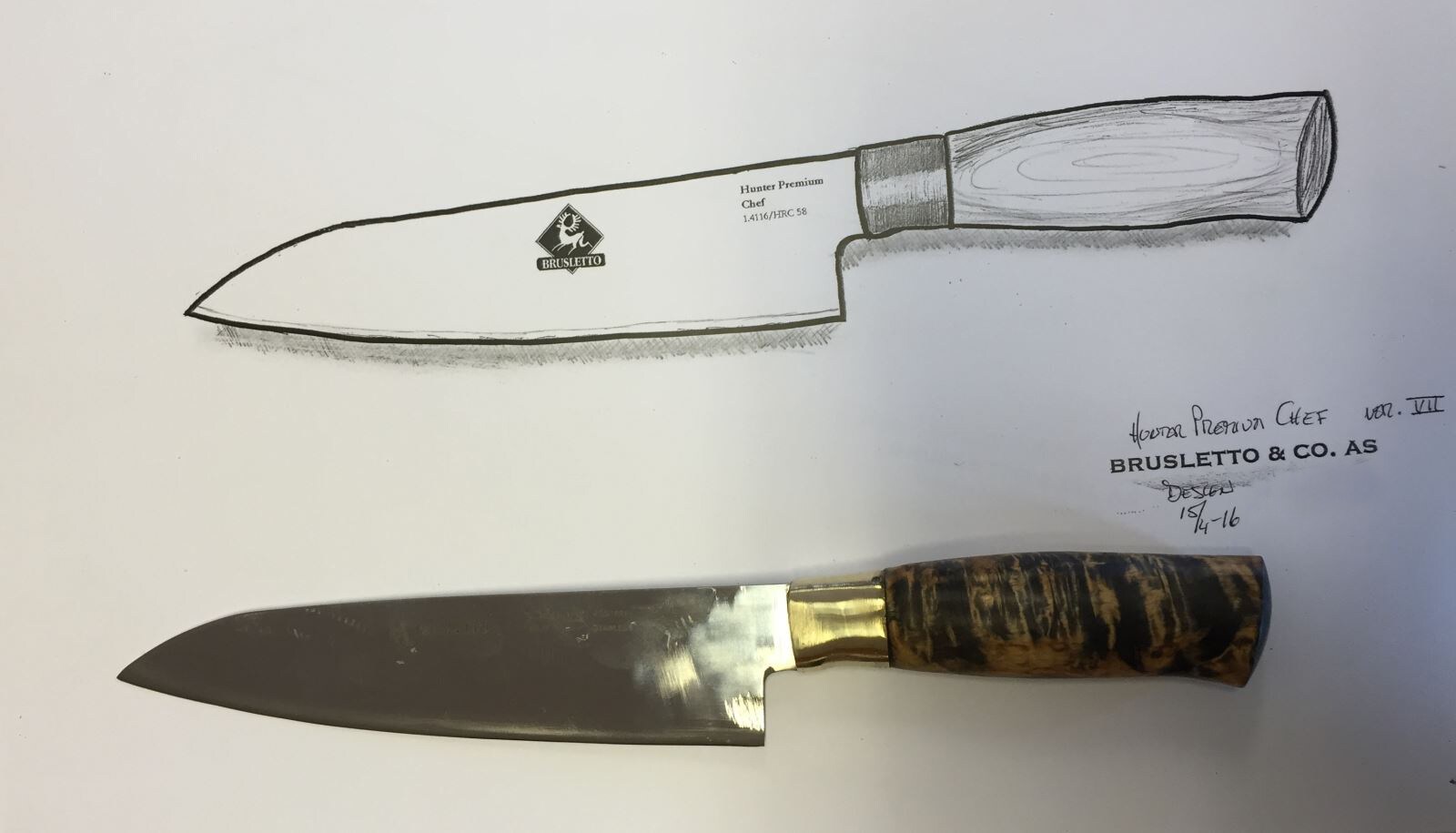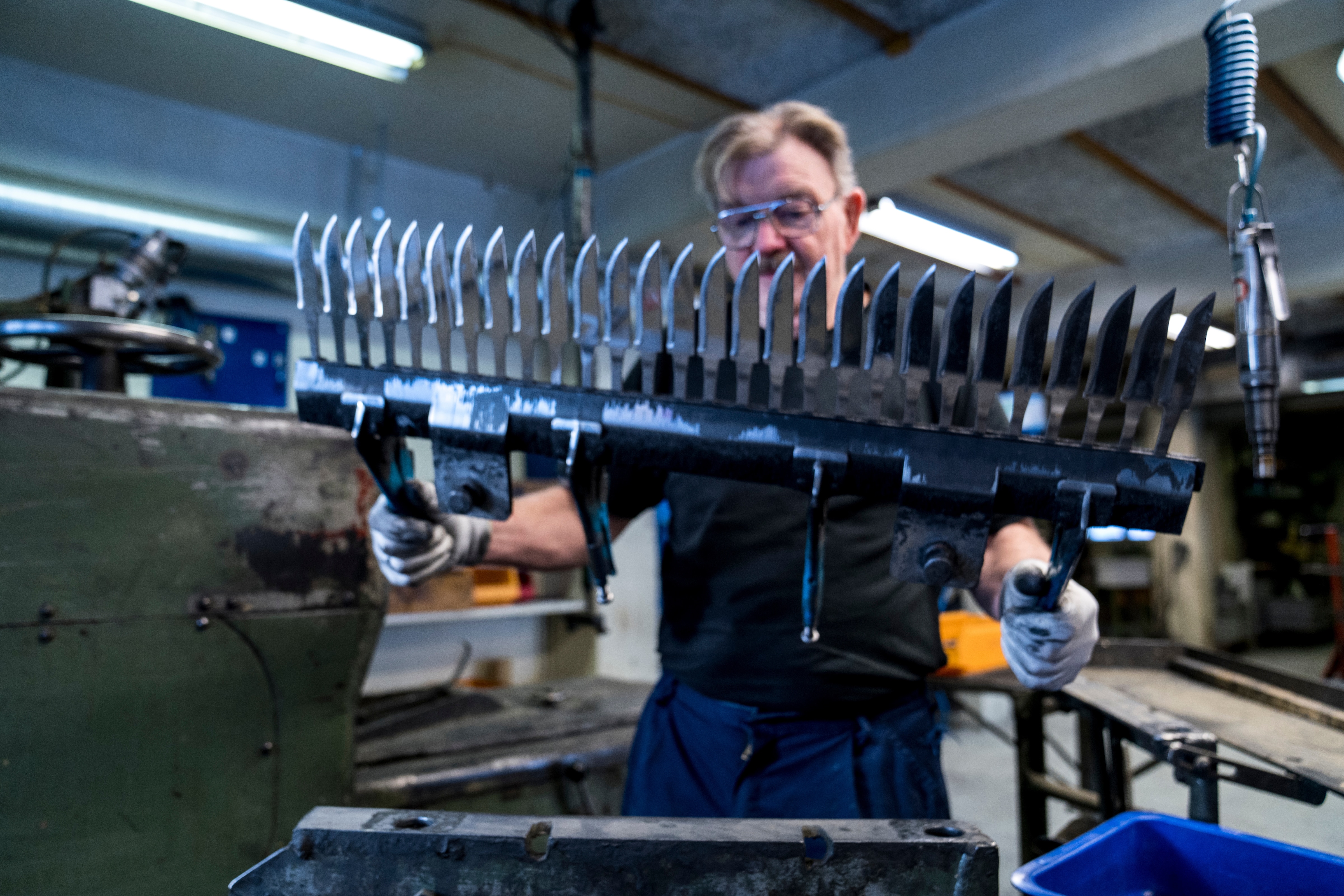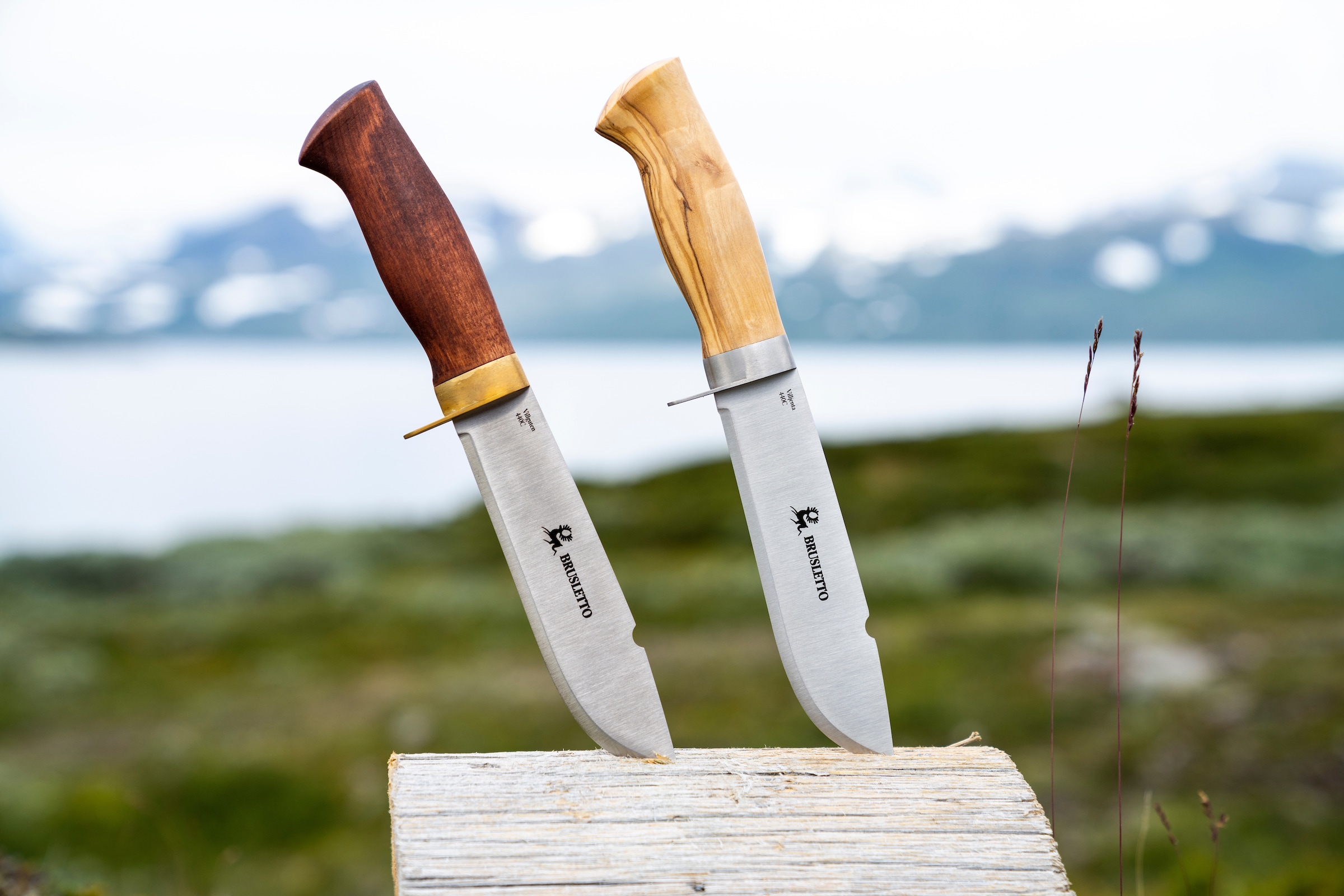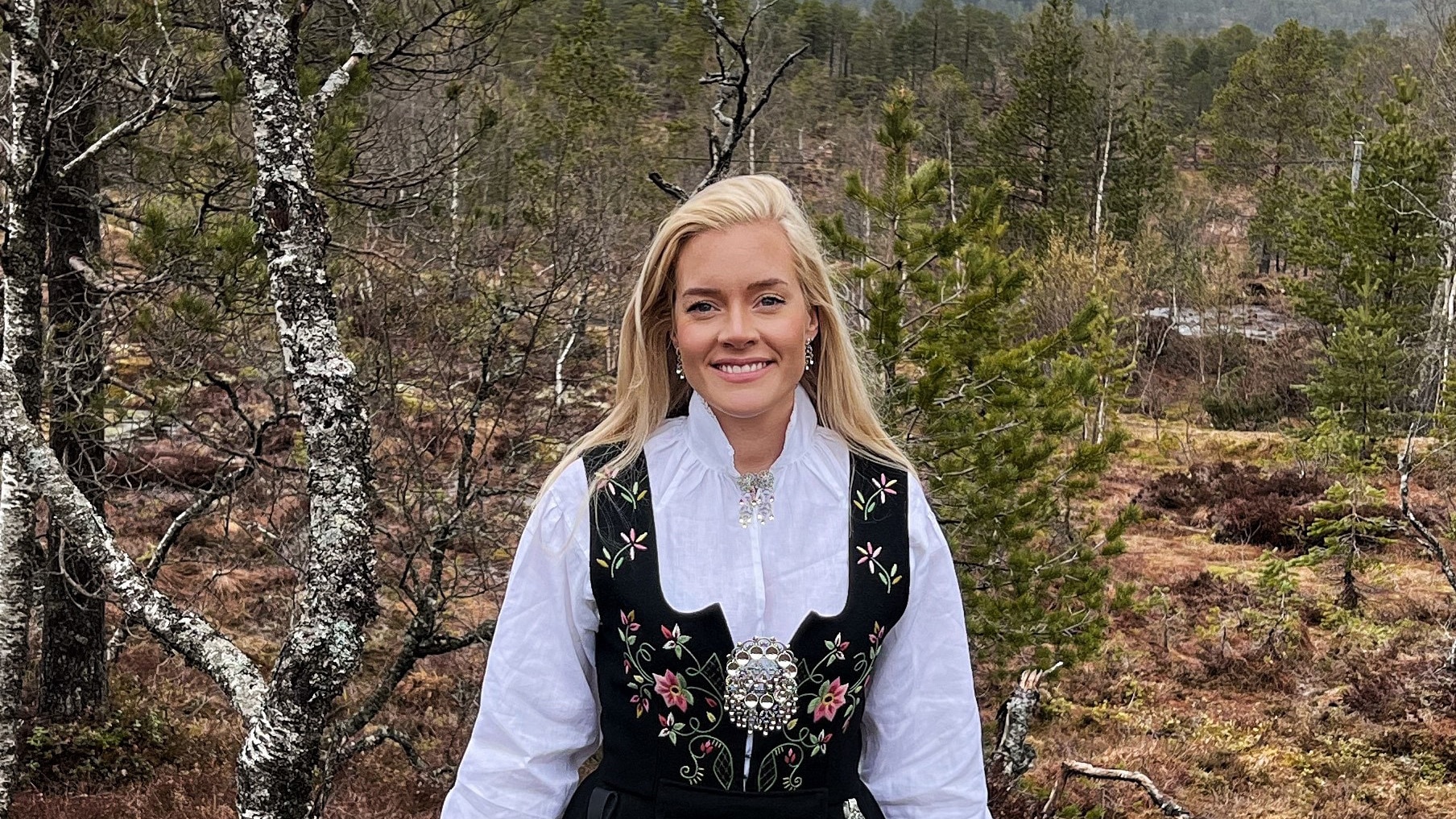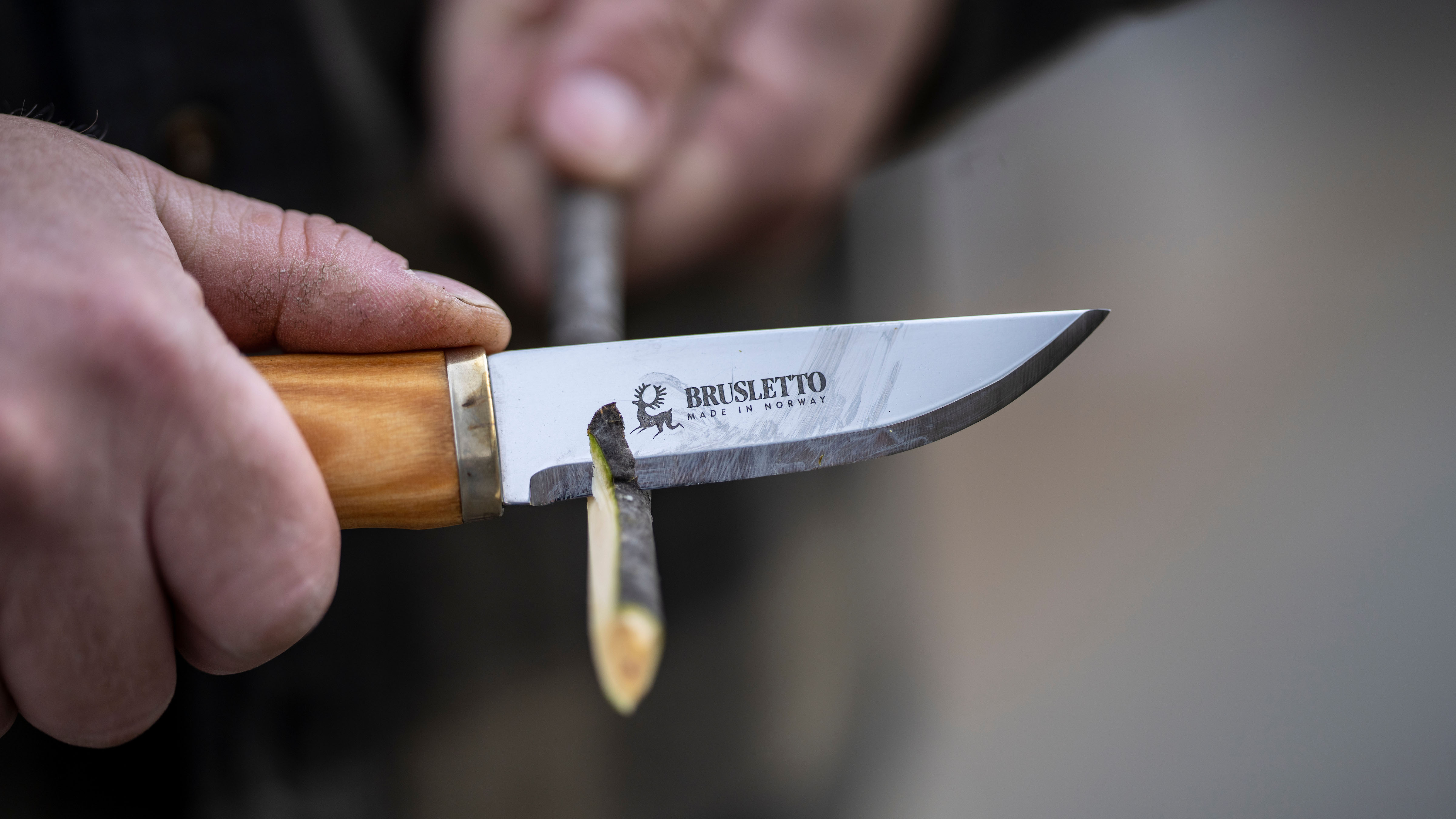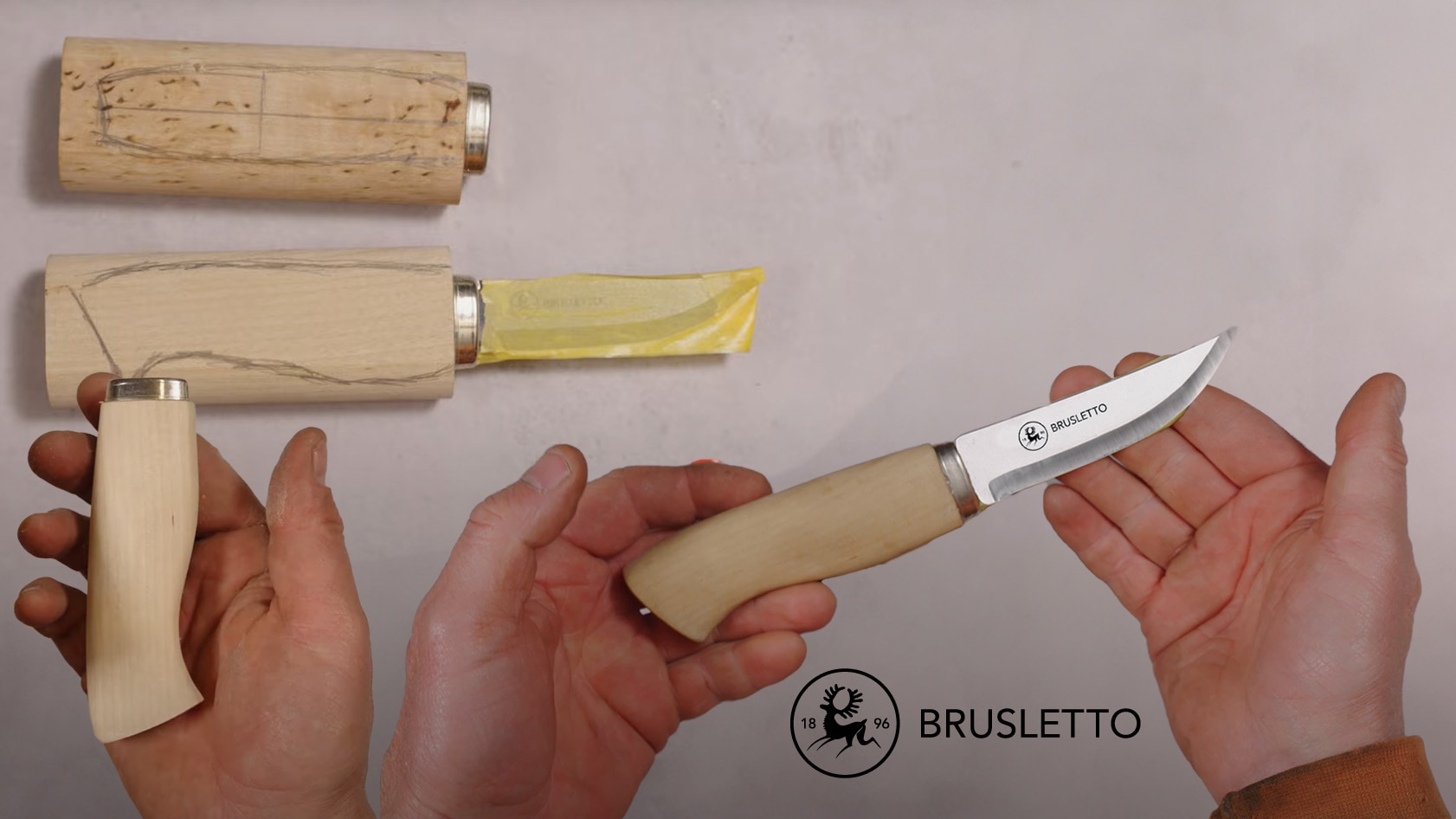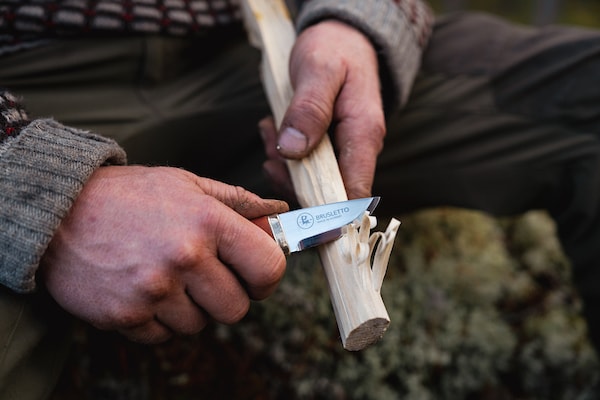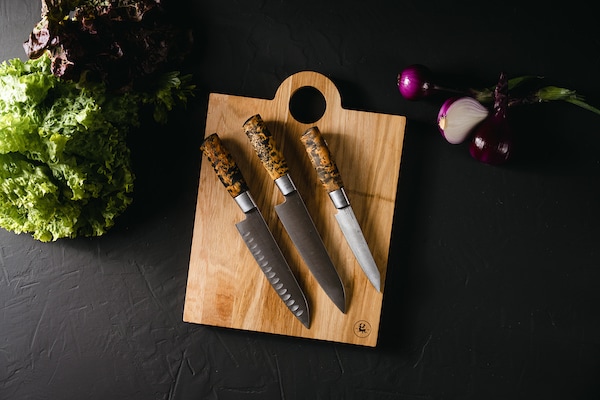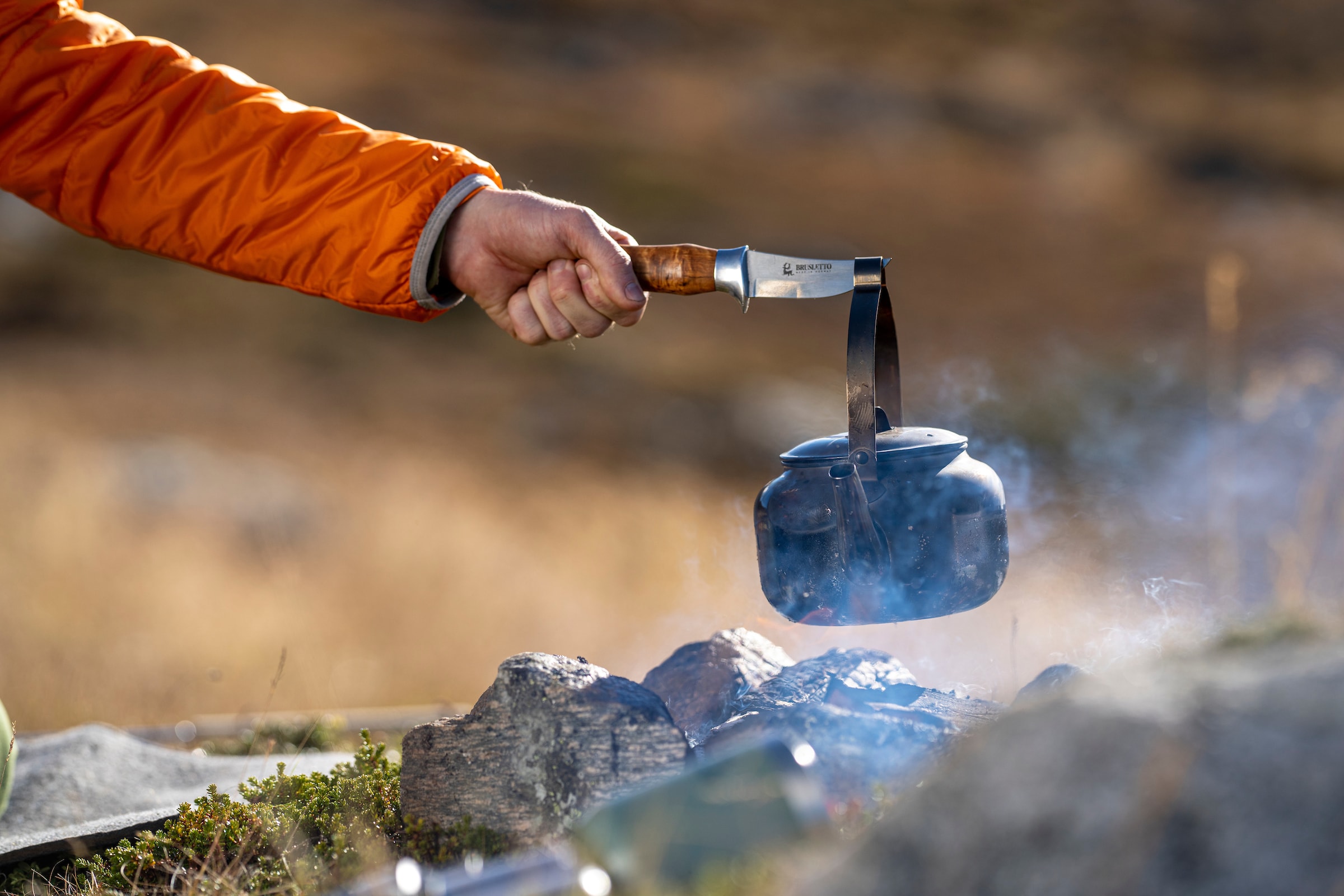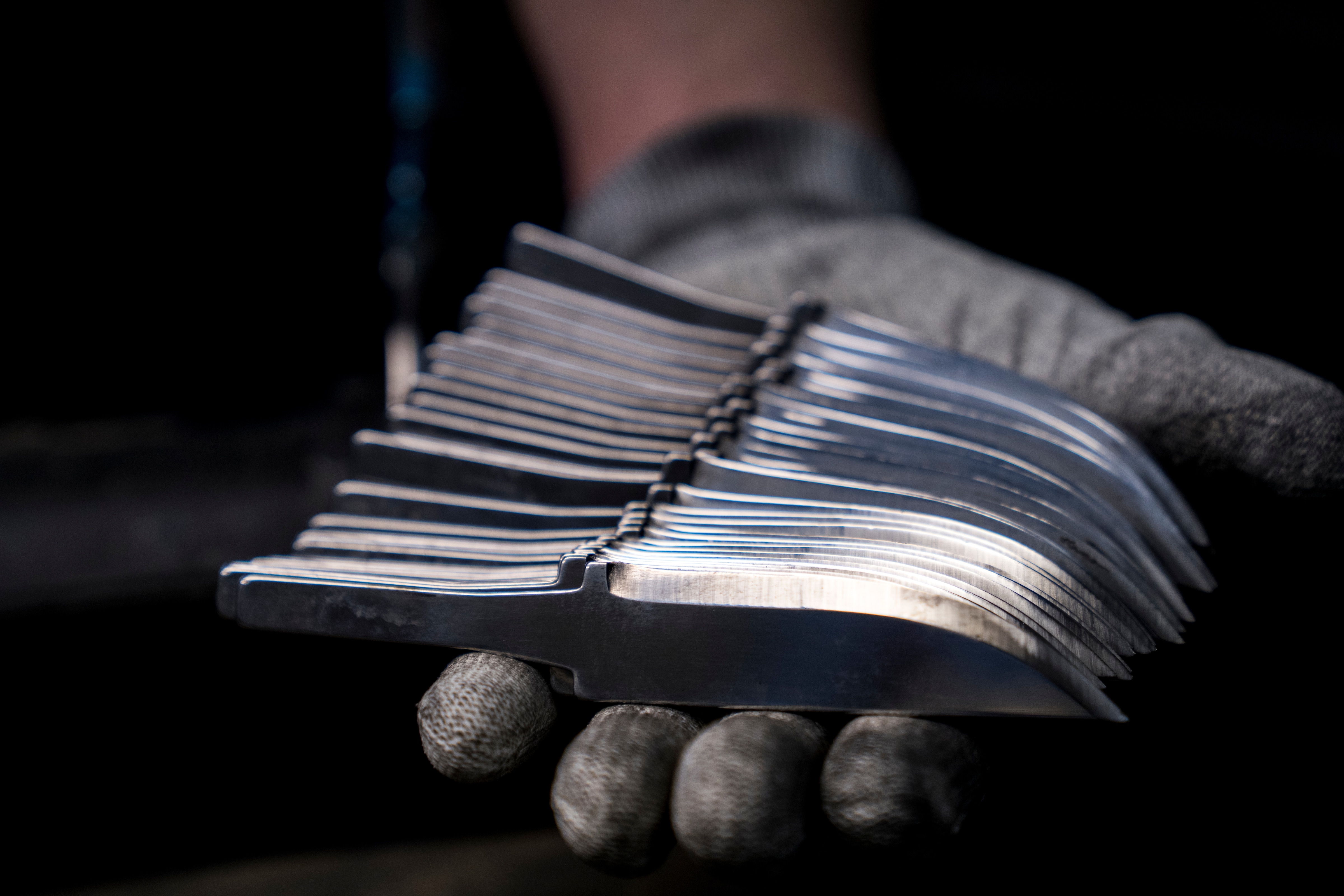Tips
How to make a fire?
Bonfire in nature
Written by Daniel Sjursæther @viltvestland
Before trip:
If you are walking in an area you don't normally walk in, it is important to familiarize yourself with the local regulations. National parks and private terrain may have rules against or around bonfires - for example against collecting firewood. The general rules are that you can light fires from 16 September to 14 April, but the New Fire Prevention Regulations of 2016 allow for lighting fires in places where there is obviously no risk of fire spreading even within the ban period, you should then, however, show extra caution.
Finding a campfire:
Always try to find an established campfire. There is no point in destroying untouched nature by creating new ones. If you cannot find an established campfire, gravel is ideal for creating a new one. Gravel does not burn, does not crack and can be used to suffocate a smaller spread should the accident occur. Feel free to place the fire pit as close to a natural water source as you can find, then you will help both yourself and future hikers with the extinguishing work.
The ignition itself:
When you light a fire, enough air is alpha and omega. If the conditions are right for it, I add layers from the bottom: dry grass, birch knots or pieces of nails, finely split firewood and slightly coarser firewood upwards in the layers. The key is to get enough air between the layers before firing. If you set it up correctly, the flames and the oxygen supply do the rest of the work for you.
Dead wood burns (mostly) always better than live wood and there is a charm of its own in making a fire with what you find - but we can't all be Lars Monsen on all the trips. If you are going on a day trip and you know that the rain will pour down, it is better to bring dry firewood and preferably a kindling briquette or two than to sit with a cold coffee and watch the smoke.
Balfire:
Some of my best childhood memories are from around the fire on a trip and sausages are a guaranteed success if you have children on the trip. If you want to take the sausages to new heights, you can roll them in stick bread dough and grill them over the fire.
There are often 4 of us on a trip and then use this recipe:
360 gr flour
10 gr salt
3 teaspoons of sugar
3 tsp baking powder
2.2 dl water
8 tbsp sunflower oil/rapeseed oil
Extinguishing:
Never walk away from a smoldering fire. If it blows up after departure, there is a great risk of sparks spreading if the fire is not extinguished properly. My rule of thumb is to pour water over the fire until it doesn't emit a cloud of steam, wait a few minutes and then pour some more. If there is a stone available, I place it over the extinguished fire. It's better to be safe than sorry!
j


